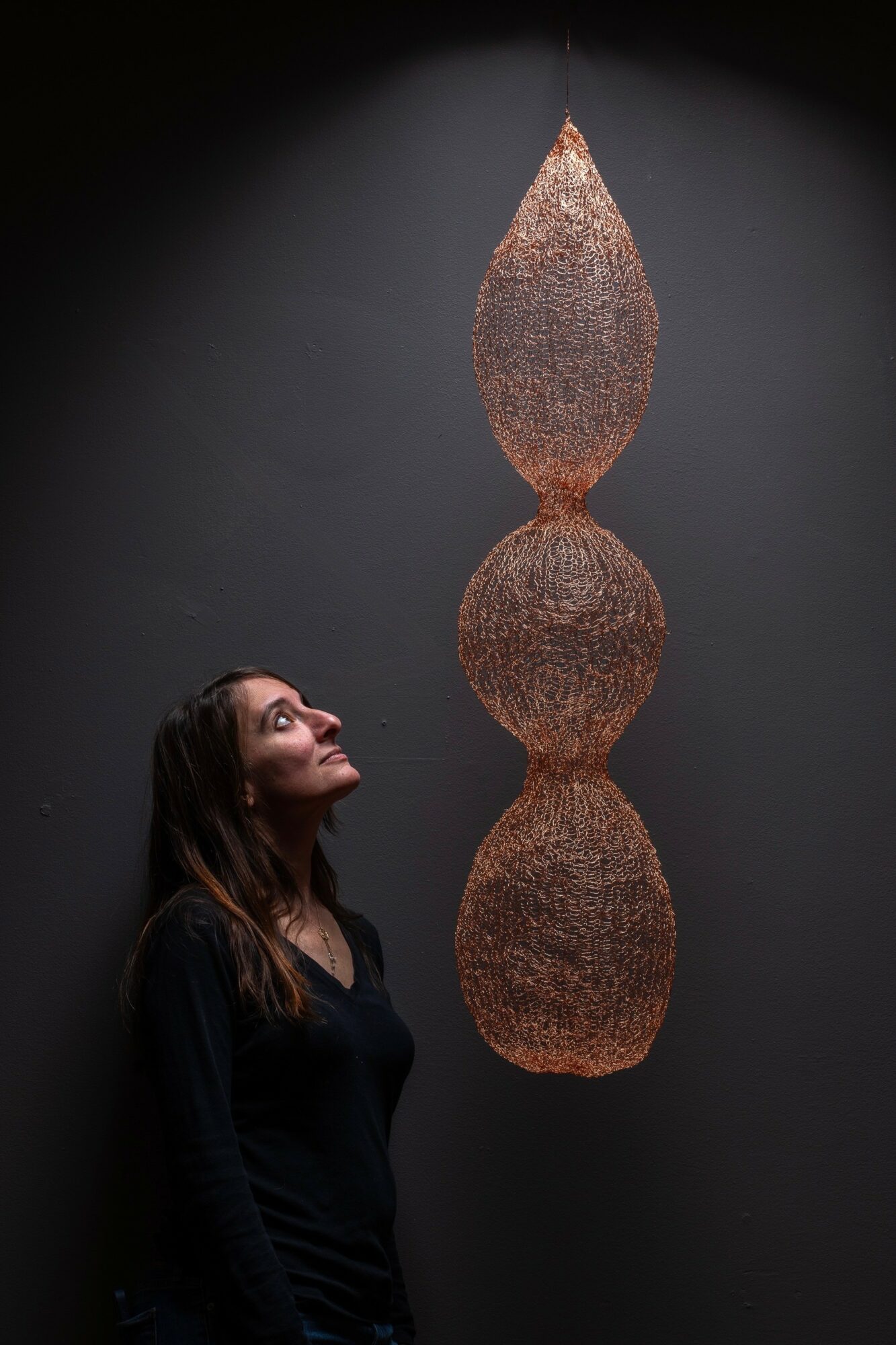

Susan Freda shared their story and experiences with us recently and you can find our conversation below.
Hi Susan, thank you so much for taking time out of your busy day to share your story, experiences and insights with our readers. Let’s jump right in with an interesting one: What are you most proud of building — that nobody sees?
I’ve been building a vocabulary or marks, materials, and colors over the years, sort of like a secret language for myself where certain visual marks have a symbolism for myself. This allows me to work and have a dialogue with myself, it sort of imbues meaning into the work in a way that gives meaning. I like to hope that the viewer will intuit or feel the meaning, though I don’t know that they do or don’t. Either way it gives meaning and motivation in making the work. Sometimes words and pictures dont feel like enough to me and symbolism feels richer.
Can you briefly introduce yourself and share what makes you or your brand unique?
Ive been making art and jewelry since I was around 10 years old. I feel pretty lucky to have been and continue to be so focused and clear on wanting to make art as my life’s work. Though it is by no means as easy path, it was at least one I never questioned. I have a lot of drive to make things, sort of like a machine that cant’ stop. Lately I have been reinventing this way of making and have been working slower and producing less quantity and work with more heft. My work is unique in that it’s derived from intuition and use of material. I like to invent and explore with my work. I reference and include nature into my work as an underlying thread that is always present.
Thanks for sharing that. Would love to go back in time and hear about how your past might have impacted who you are today. What was your earliest memory of feeling powerful?
When I was 12 I took a nature drawing class at RISD and drew a bird of prey. For some reason everyone kept telling me how amazing this drawing was and my parents proudly hung it up. It seemed to me to be not that hard to have made and also not that amazing. But the reaction of the people around me was so strong that I saw that maybe I was doing something special. I knew how to improve the work, which also came as a surprise to me. I realized then that this was a path I understood and would be seen in. So in terms of my work this was the first time I felt that power.
Was there ever a time you almost gave up?
In my sophomore year at the Rhode Island School of Design I was majoring in jewelry. The program was frustrating and I could not master the fine detail with the tools and the costly materials I was working with. I was intimidated and I didn’t like the scale or the tools. The teacher didn’t like my aesthetic. I was at a point where I was still able to change majors and I was not sure if I should stay enrolled and began looking into other schools that were centered around spirituality rather than art. I even went so far as to visit the Naropa Institute in Co. After making that trip I decided that I wanted to stay focused on art. I came home and spoke with the president of RISD and also a few advisors about double majors. When nothing like that was offered I simply chose the department that allowed for me to take the most varied classes I could toward the degree. That department was sculpture and it allowed me to try film, fashion, glass, etc. It was there that I found my place.
Next, maybe we can discuss some of your foundational philosophies and views? What are the biggest lies your industry tells itself?
I think the fine art industry is very complex and mysterious. When I started out I thought that the big institutions and galleries were morally upright and showing the best work that was made. That somehow they were seeing all the art out there in some shrouded room. As I have gotten older I see the way the business and power are factors in this and my rose colored glasses have gone. Most good work is never seen. Most famous artists had the help of another person, usually a wife who promoted and helped the artist acquire the recognition by doing the leg work. There is no one way that an artist can make their way through the art world and or make a living. There is no formula. To further complicate it all, the playing field keeps shifting. Social media is disrupting the way that art is seen and is distributed. The industry promotes the idea that the best artists get recognized and their work is old for millions, when in reality most of the best work is never found or seen.
Okay, so before we go, let’s tackle one more area. Could you give everything your best, even if no one ever praised you for it?
Yes I think the motivation to do your best is for yourself and not for outside recognition. Outside recognition is always a plus though!
Contact Info:
- Website: https://www.susanfredastudios.com
- Instagram: https://www.instagram.com/suefreda/
- Linkedin: https://www.linkedin.com/feed/
- Facebook: https://www.facebook/suefreda/
- Youtube: https://www.youtube.com/@suefreda
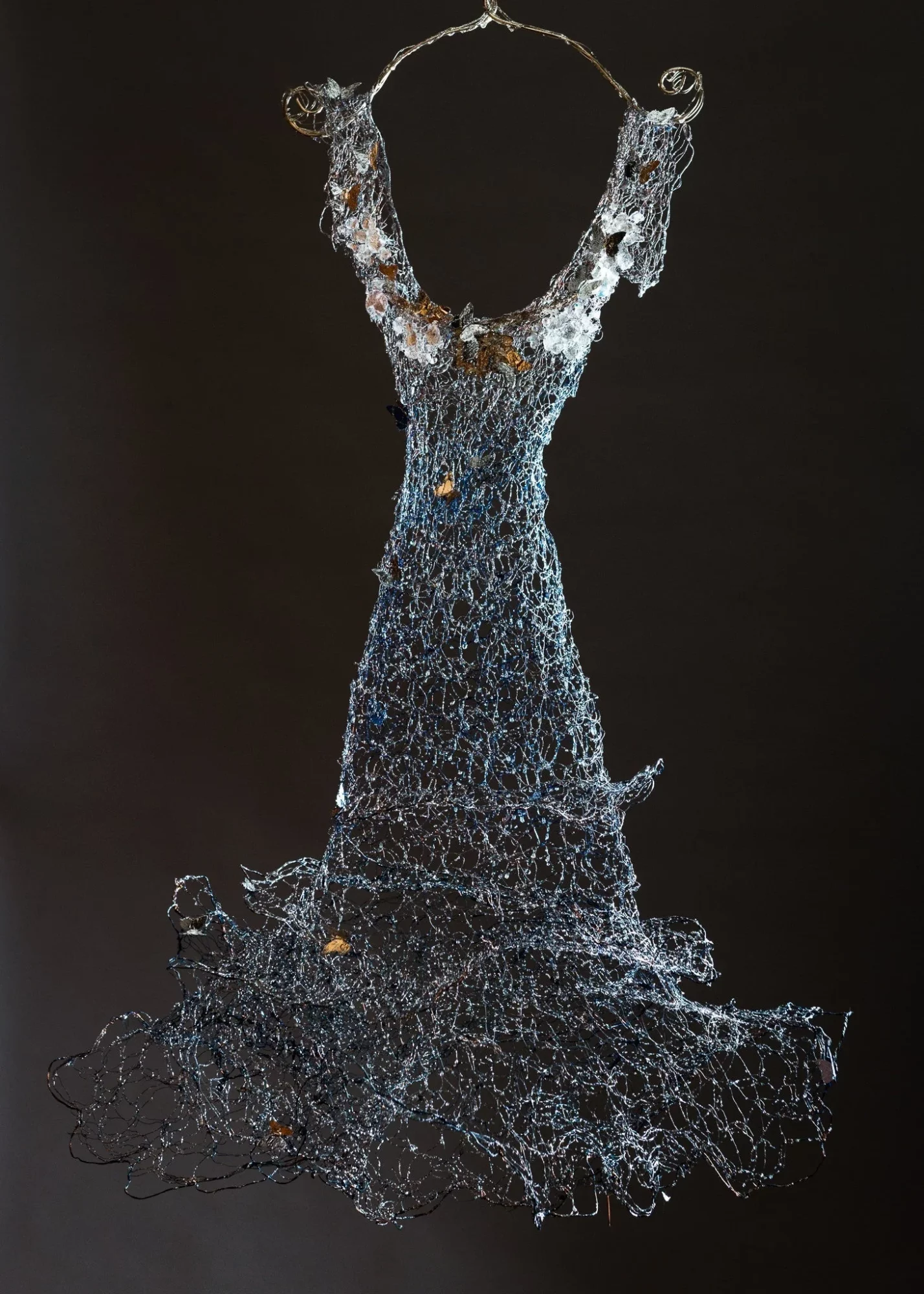
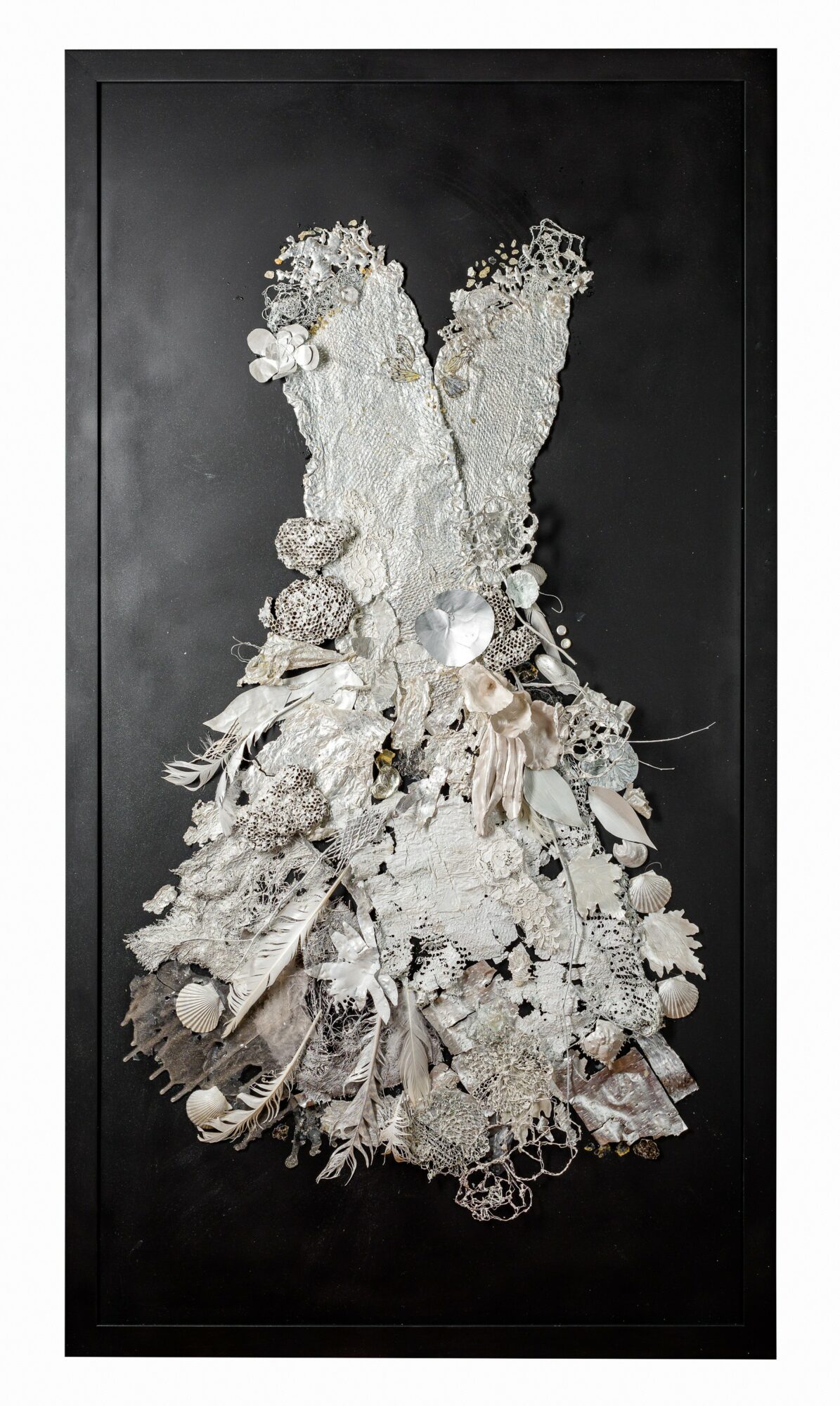
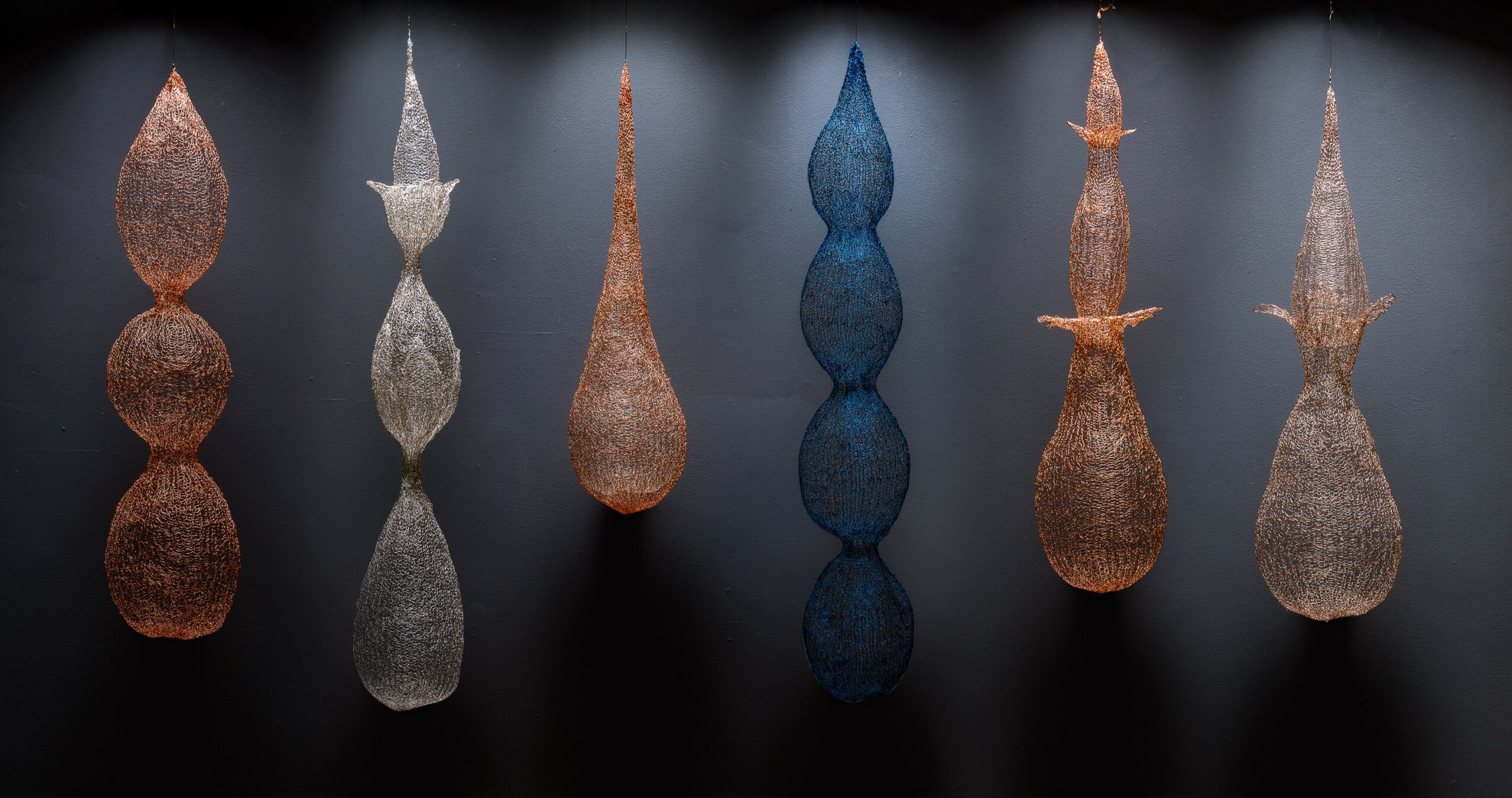
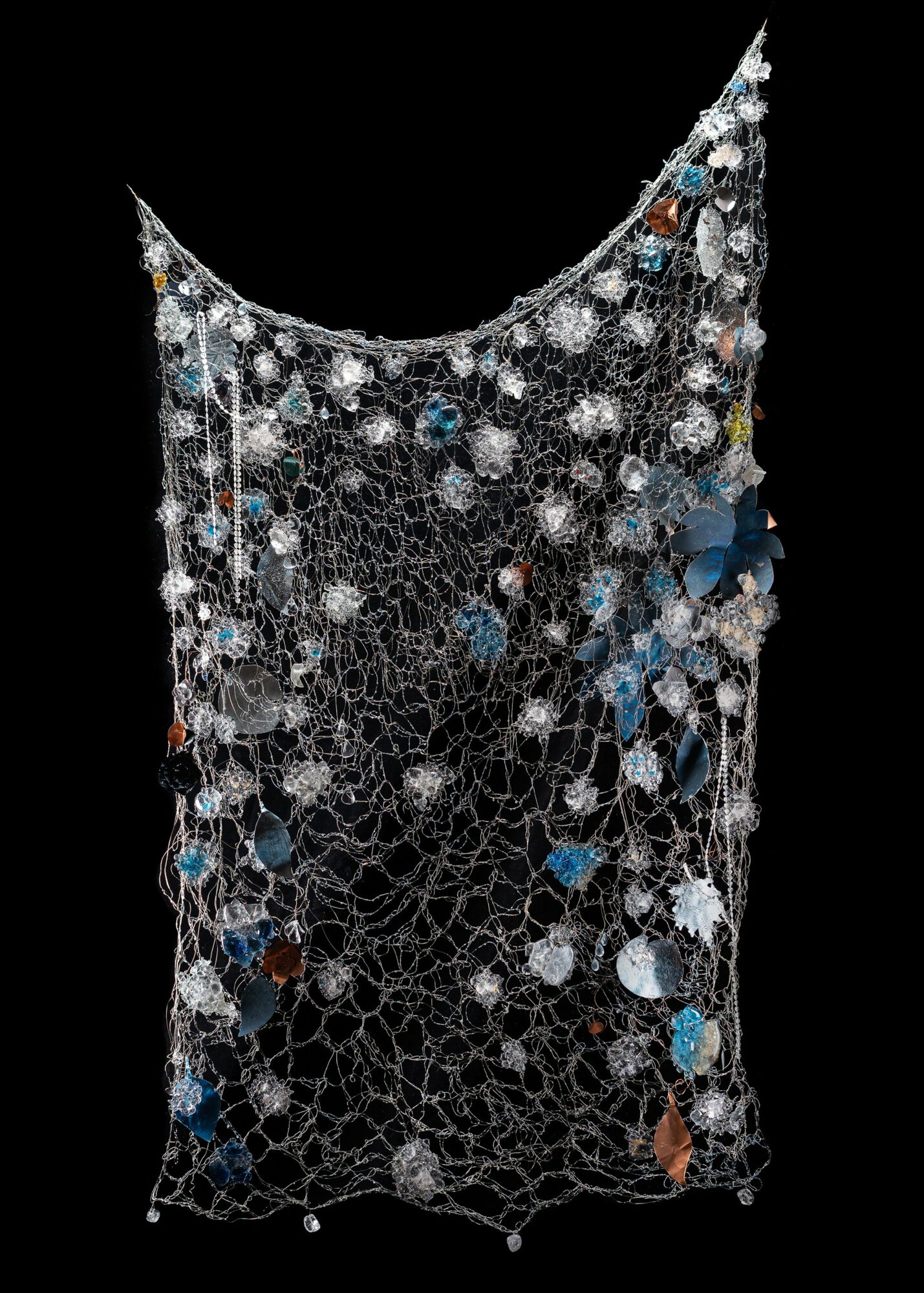
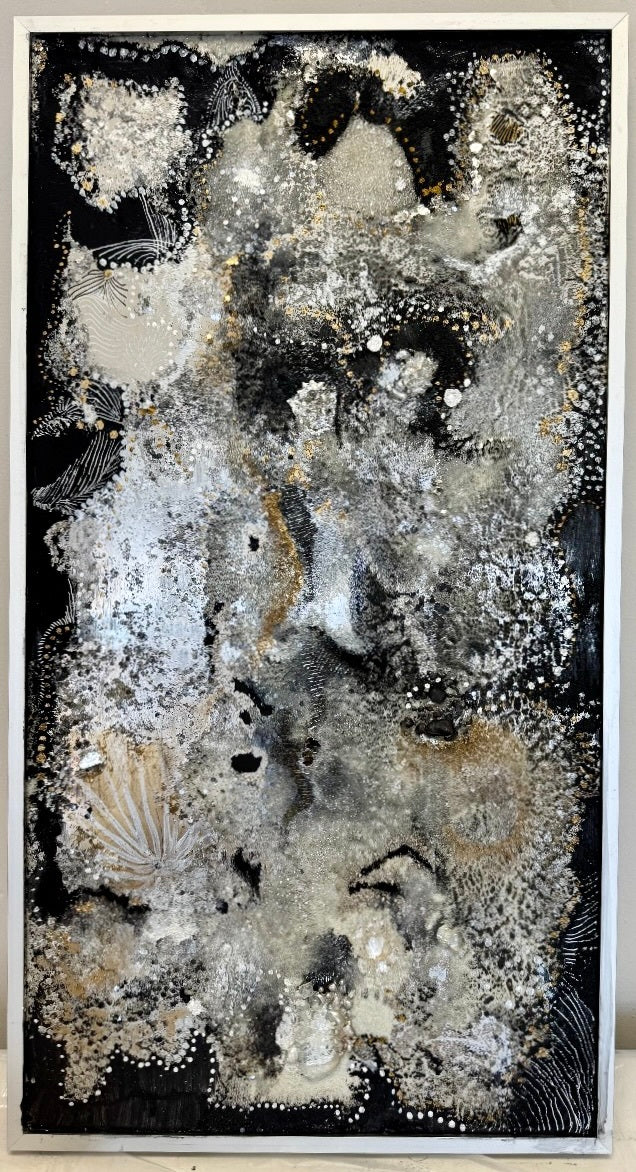
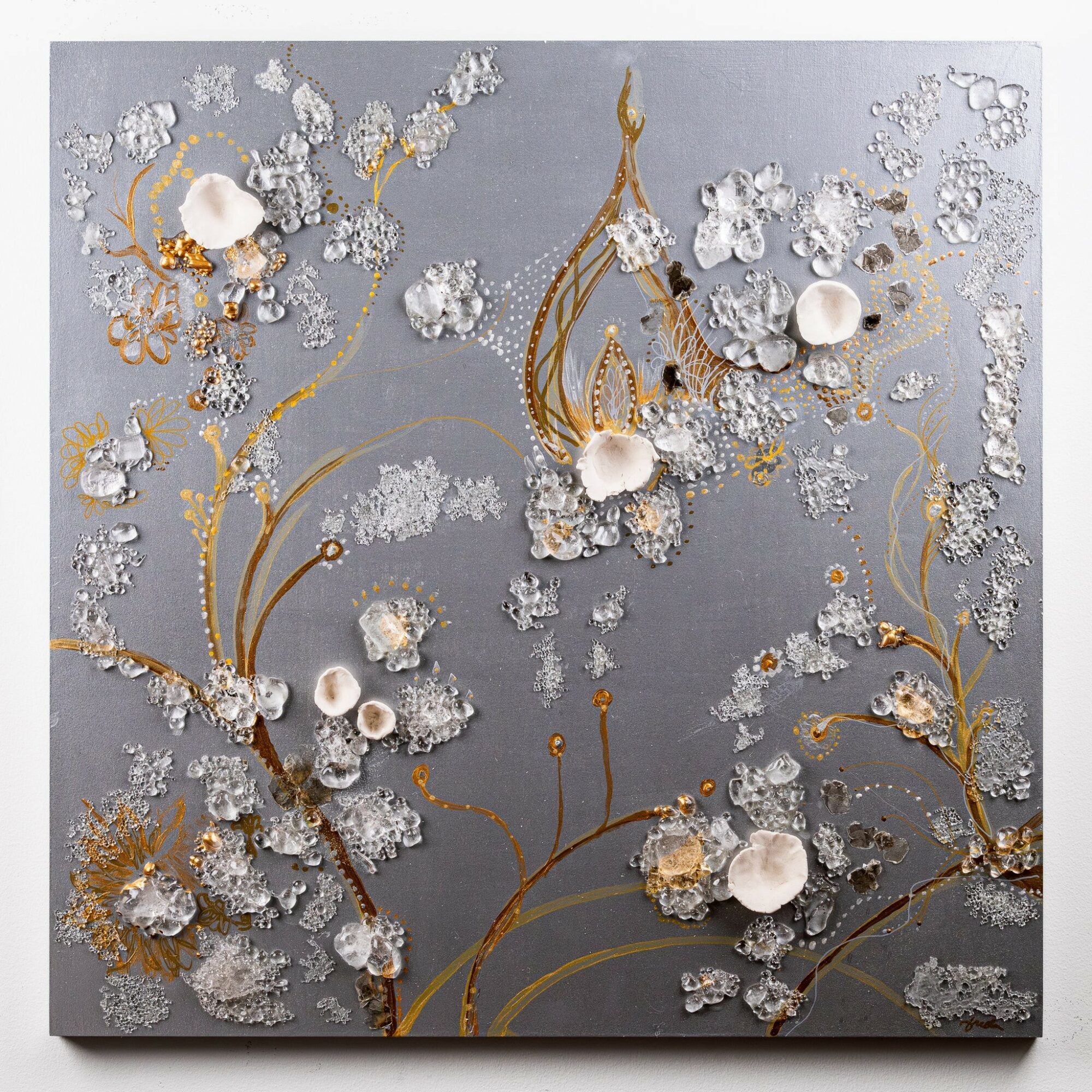
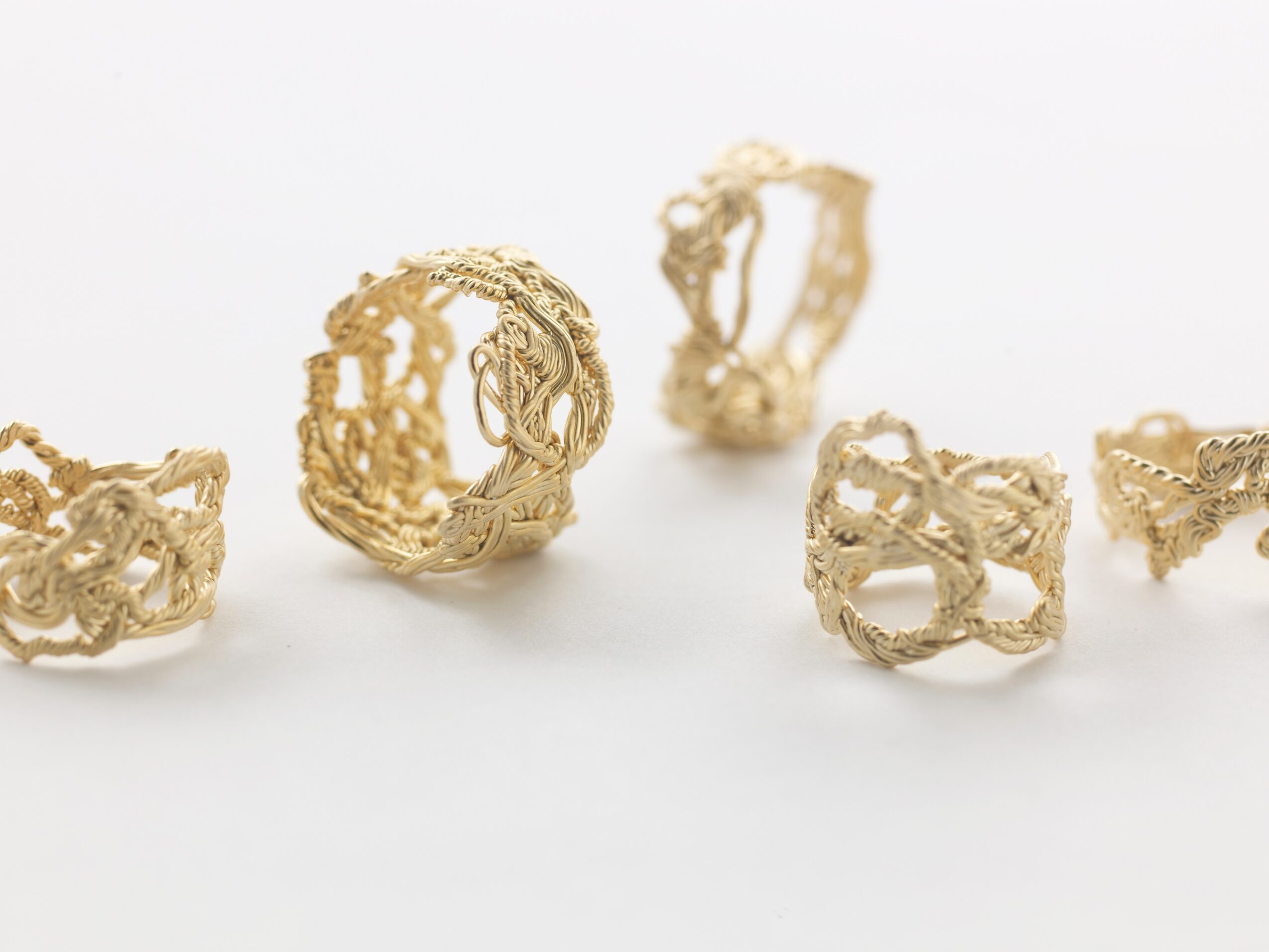
Image Credits
Jason Wessel and Susan Freda














